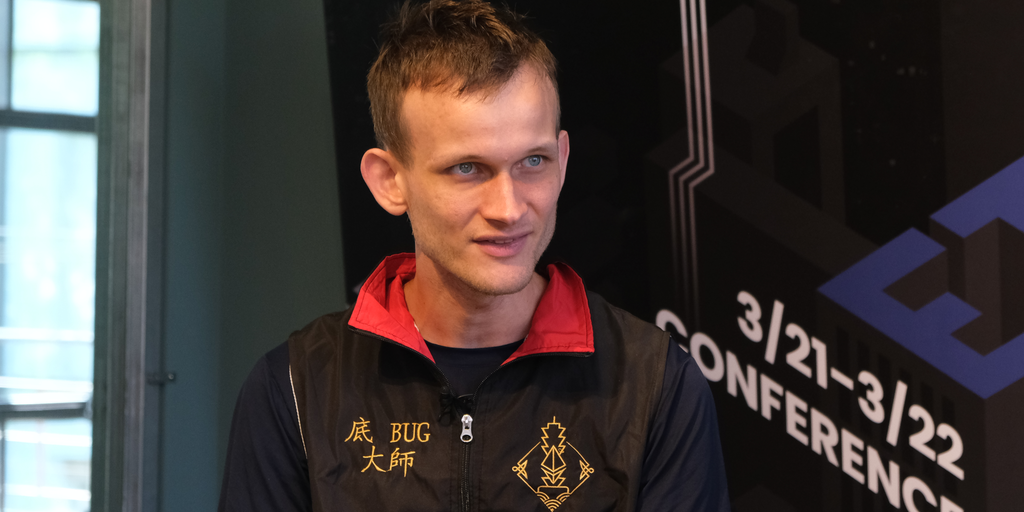How Ethereum Founder Vitalik Buterin Defines 'Stage 1+' Layer-2 Networks - Decrypt
09/13/2024 12:43
“It doesn't matter if I invested, or if you're my friend; stage 1 or bust,” he said in a recent tweet. Here's what that means.
Ethereum founder Vitalik Buterin has said that from 2025 onwards he plans to only publicly mention layer-2 networks that are “Stage 1+”.
Buterin, who has 5.4 million followers on Twitter and is arguably among one of crypto's most influential voices, says he may make some exceptions to the rule.
For example, “maybe a short grace period for new genuinely interesting projects.”
“It doesn't matter if I invested, or if you're my friend; stage 1 or bust,” he said in the post on Twitter.
I take this seriously. Starting next year, I plan to only publicly mention (in blogs, talks, etc) L2s that are stage 1+, with *maybe a short grace period* for new genuinely interesting projects.
It doesn't matter if I invested, or if you're my friend; stage 1 or bust.
Multiple… pic.twitter.com/4cGxgsfmUc
— vitalik.eth (@VitalikButerin) September 12, 2024
Ethereum is what is known as “L1 blockchain.” An L2, or layer-2 network, is a secondary framework built on top of an L1, like Ethereum. These can used to reduce “congestion” on the main network and improve its speed and efficiency. Some of the most popular L2s include Optimism, Arbitrum, and Polygon.
In 2022, Buterrin posted an official definition of what he considered to be a “Stage One” or “Stage 2” L2, which may help clear up confusion for outsiders to the ETH community.
There are several different things to consider when defining what a “Stage One” project is, but Vitalik’s definition focuses heavily on security. Broadly, he calls Stage One projects those with “limited training wheels.”
He says that Stage One “must be a running fraud-proof or validity-proof scheme, which has the practical authority to accept or reject which state roots get accepted by the roll-up contract.”
In addition, he said there should be “a multisig-based override mechanism (“security council”) that can override the fraud proof or validity proof system’s outputs and post state roots, to be used in case the proof system code is bugged.”
His focus on security isn't unwarranted. Some Ethereum L2s have suffered significant security issues requiring intrvetion from their governance so far in 2024.
In May, an Ethereum layer-2 network called Linea found itself in a challenging situation. Attackers used an exploit to drain $2.3 million worth of ETH from a decentralized exchange that operates on Linea, called Velocore.
Linea’s leadership chose to freeze all transactions on the network as damage control.
However, the founder remains optimistic about the number of projects he thinks are on track to reach Stage One.
“Multiple ZK-rollup teams have told me they're on track to be stage 1 by year-end. I'm excited to see that happen!,” Buterin wrote in his recent Tweet.
The news comes as the ETH founder has been vocal in 2024 about the ecosystem being more selective about the projects it supports.
“The ecosystem's standards need to become stricter: so far, we have been lenient and accepted any project as long as it claims to be "on a path to decentralization",” he wrote in a June blog post. “By the end of the year, I think our standards should increase and we should only treat a project as a rollup if it has actually reached at least stage 1.”
Edited by Stacy Elliott.
Daily Debrief Newsletter
Start every day with the top news stories right now, plus original features, a podcast, videos and more.